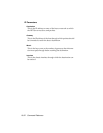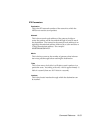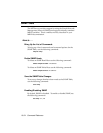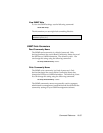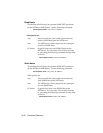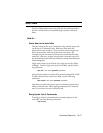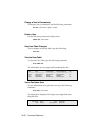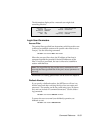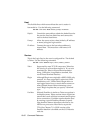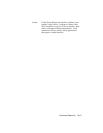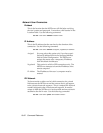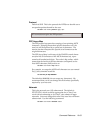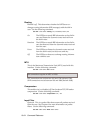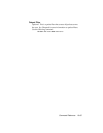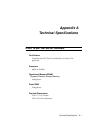10-60 Command Reference
Host
This field defines which network host the user’s session is
forwarded to. Use the following command:
set user <user name> host <
default
|
prompt
| IP address>
Default Consult the ports table to obtain the default host for
the port the user has dialed into and connect the
user to the host listed there.
Prompt Allow the user to select a host (either by IP address
or name) to begin a login session.
IP address Connect the user to the host whose address is
entered here. This must be a valid name or IP
address.
Service
This is the Login Service the user is configured for. The default
is Telnet. Use the following command:
set user <name> service <
rlogin
|
telnet
|
netdata
|
portmux
>
Telnet Supported by most TCP/IP computers, Telnet lets
the user log in to hosts that support it. If you set a
terminal type, Telnet will pass that information
along. Otherwise, it negotiates a standard, Net-
work Virtual Terminal interface.
Rlogin Although Rlogin was originally a (BSD) UNIX only
protocol, it is now supported by some non-UNIX
machines as well. Unlike Telnet, Rlogin allows a
user logged into a host, to access their accounts on
other (trusted) hosts without reentering a pass-
word. Rlogin requires that you specify a terminal
type.
PortMux (Default) PortMux is similar to Telnet except that it
multiplexes many Telnet sessions into a single data
stream that’s more efficient to transmit and requires
fewer connections. PortMux requires that the host
be running a special PortMux daemon (in.pmd).
Note that this daemon also allows the host to use
NETServer ports set to Host Device as pseudo
TTYs (See Chapter 7). A UNIX version of the
PortMux daemon is available on the U.S. Robotics
web site.



